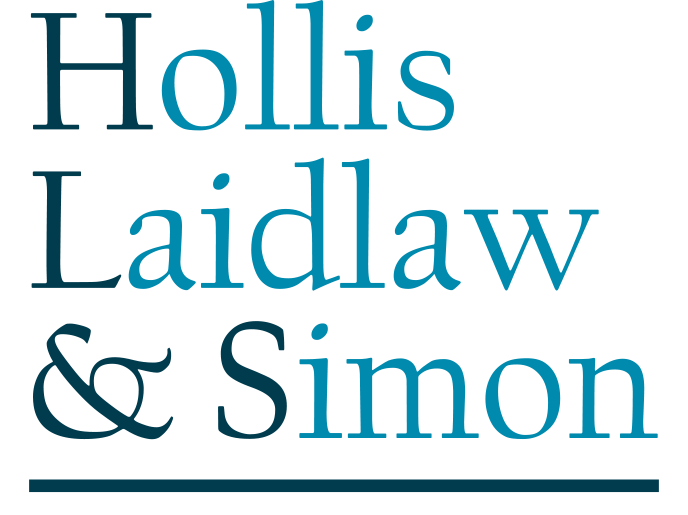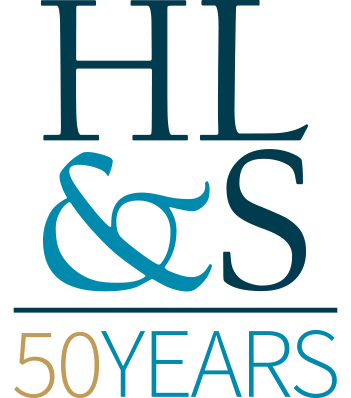At the end of 2019, Congress passed a major piece of legislation impacting qualified retirement plans. This piece of legislation is referred to as the Secure Act. Among the Secure Act’s many provisions, the two most substantial changes were: (1) the age that retirement plan participants need to take distributions was pushed back from age 70 ½ to 72; and (2) most retirement plans need to be distributed within ten (10) years of the participant’s death, as the lifetime stretch was eliminated for most beneficiaries.
Currently, the House and Senate are moving forward several versions of legislation which would introduce even more change to qualified retirement plans. This new legislation is collectively referred to as the Secure Act 2.0. On March 29, 2022, the House passed the Securing a Strong Retirement Act of 2022 (House Secure Act 2.0) by a bipartisan majority. In June 2022, the Senate has followed along by moving related legislation forward in two of its committees. The Senate, Health, Education, Labor & Pensions Committee approved the Retirement and Savings Enhancement to Supplement Healthy Investments for the Nest Egg Act (Rise & Shine Act) and the Senate Finance Committee approved the Enhancing American Retirement Now Act (Earn Act).
So what are some of the provisions included in these various pieces of proposed legislation that would impact the individual participant?
Well, one of the most important changes included in both the House Secure Act 2.0 and the Earn Act is that the date to begin taking required minimum distributions (RMDs) would be pushed back again to age 75 by 2032.
In addition to the potential change to the age to begin taking RMDs, both the House Secure Act 2.0 and the Earn Act would increase the amount for catch-up contributions for individuals of a certain age to 401(k), 403(b) and 457(b) plans. Under the House Secure Act 2.0., individuals age 62 through 64 would be able to contribute up to $10,000 in catch up contributions while under the Earn Act, individuals age 60 through 64 would be able to make catch up contributions in the amount of $10,000. All age-based catch-up contributions made to a retirement plan would have to be designated as Roth contributions and would be subject to the Roth rules for tax treatment and distribution.
Under the Earn Act, distributions to terminally ill individuals would not be subject to the 10% additional tax on early distributions. Likewise, certain distributions for the payment of premiums on long term care contracts or to individuals impacted by a declared disaster.
Under the House Secure Act 2.0, part-time workers would be benefited as it would reduce the service requirement for part-time workers to be eligible for participation in employer-sponsored retirement plans.
Beyond the provisions that would impact individual plan participants, the various pieces of legislation also include numerous provisions that are meant to simplify plan administration for business owners and plan administrators. These provisions provide for (among other things) the consolidation of notices, a change to the requirement regarding paper benefit statements and the establishment of a retirement savings database to allow plan participants to locate the plan administrator of any plan in which they were a plan participant.
Whether and when these proposed pieces of legislation will become law is still unknown at this time.













